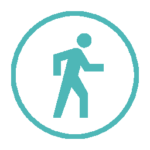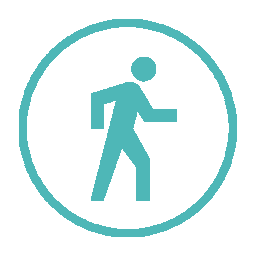Lesson Plans by Grade Level
Knowing the Facts on Pedestrian Safety



Resources
- Pedestrian Safety. Ontario Ministry of Transportation
- Walk and Wheel Events. Ontario Active School Travel
- Getting Safely to School and Home Again. Elmer the Safety Elephant
- Pedestrian Safety. CAA South Central Ontario
- Pedestrian Safety. Parachute




